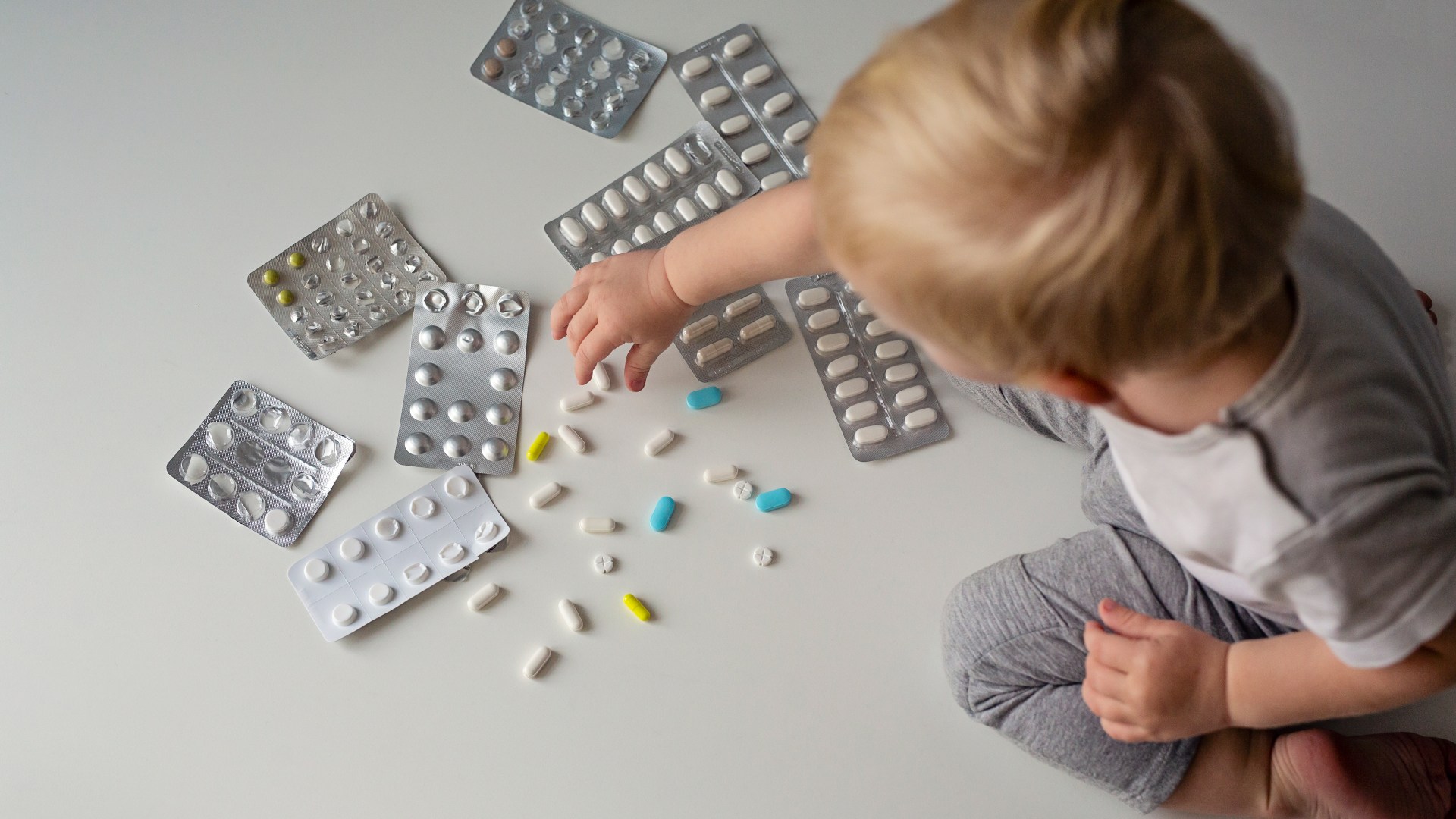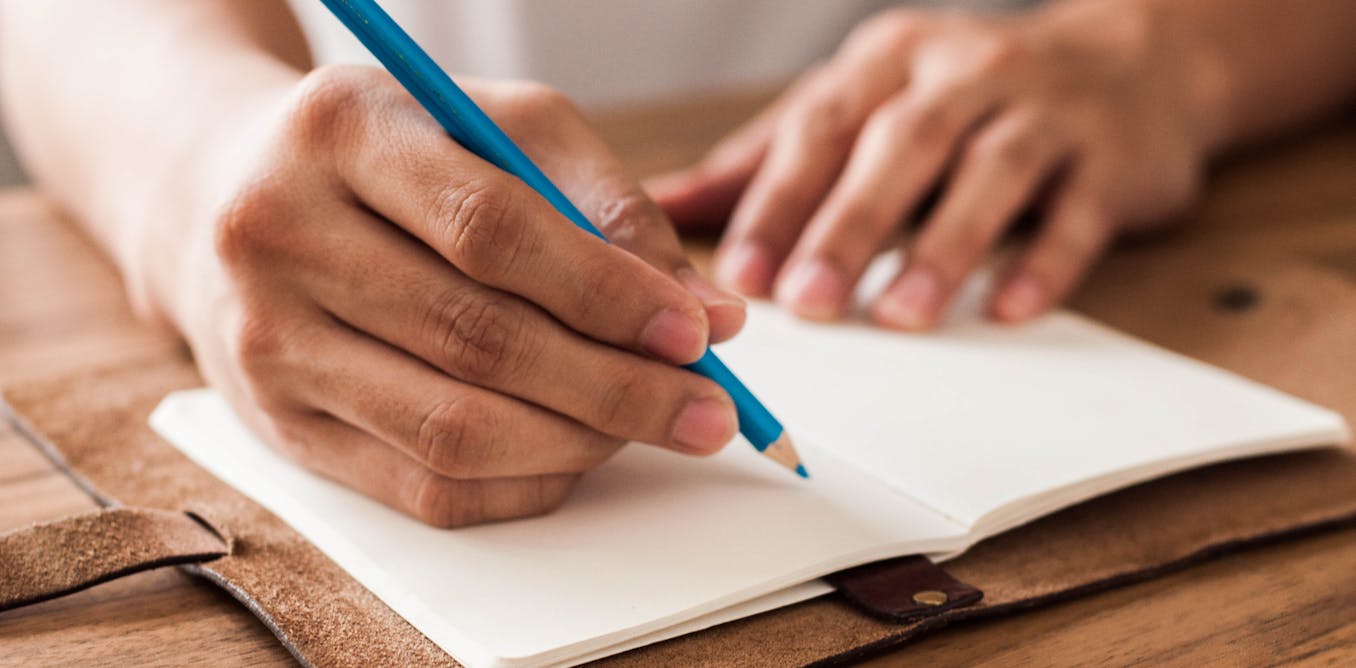DRUGS you probably have in your bathroom cabinet are fuelling a 100 per cent surge in life-threatening seizures in children, scientists have warned.
Researchers said findings serve as a “stark” reminder to parents to store medicine in places children can’t get them.
1
Dr Barbra Backus, from the European Society for Emergency Medicine, said: “No parent or carer ever wants to see their child suffer a drug-induced seizure, especially when it could have been prevented.”
Many over-the-counter medications contain ingredients that may trigger seizures, particularly in children who are smaller and can’t tolerate as much as adults.
The number of children suffering a seizure after swallowing medications or illegal substances doubled between 2009 and 2023 in the US, a new US study has found.
Common culprits include over-the-counter antihistamines, antidepressants, painkillers, and synthetic cannabinoids.
Lead author Dr Conner McDonald from the University of Virginia School of Medicine said: “Seizure is one of the most severe symptoms a poisoned patient can experience, and children are particularly vulnerable.
“Depending on variables such as where a seizure happens, how long it continues and the pre-existing health of the child, seizures can lead to long-term damage or even death.”
Dr McDonald and his colleagues gathered data from the US National Poison Data System on seizures in children and teenagers that resulted from exposure to any single substance between January 12009 and December 31 2023.
The researchers analysed the data according to the children’s ages and the substance they had consumed.
They found that cases went up from 1,418 in 2009 to 2,749 in 2023, with an average rise of five per cent each year.
Among children aged between six and 19 years, the number of cases had doubled over the 15 years.
In children under six years, there was a 45 per cent increase in cases over the 15-year period.
The spike in seizures is mostly due to common meds like diphenhydramine (for allergies), tramadol (a painkiller), bupropion (an antidepressant), and illegal synthetic cannabinoids like K2 or spice.
Dr McDonald explained: “Diphenhydramine can be purchased in the United States in bottles containing 500 or 600 tablets.
“Bupropion is being more frequently prescribed to treat depression in adults and children.
“Other legal and illegal drugs can be bought online and shipped around the world.
How safe is your medicine cabinet?

We all have medicines of some kind at home, some of which could be dangerous if taken incorrectly.
So, here is how to keep your medicines.
What sort of medicine cabinet should I use?
Firstly, you do not have to have a special cabinet for keeping medicines. The main points are that it should have a lock and be out of the reach of children.
Some people find that a cabinet or cupboard suits their purpose, but other people find a drawer most useful.
Where should I keep my medicines?
Most people keep their medicine cabinet in the bathroom, where it can be hot and steamy.
Many medicines can degrade or break down in these conditions so they do not work so well.
Another room in the house, such as the bedroom, might be a better location.
What should I keep in my medicine cabinet?
You should keep all your medicines – whether bought ‘over-the-counter’ (OTC) from a pharmacy, supermarket or other outlet, or prescribed – safely locked away in your medicine cabinet.
Other products that you might not think of as medicines should also be kept out of the reach of children.
These can include mouthwashes, skin creams and vitamins.
All of these contain ingredients that could be dangerous if swallowed by accident.
Keep all your medicines in the original packaging, so you know who it was prescribed for and when, instructions for use and the expiry date.
It can be harmful to empty medicines into another container as it will be unlabeled.
This could cause problems if different medicines get mixed up and are taken at the wrong time.
Some medicines do not work as well once they have been removed from the packaging, such as tablets or capsules that come in blister packs or bottles.
As well as showing the name of the medicine, the packaging usually protects it as well.
Keep the patient information leaflet that comes in the package as well – this tells you important information about the medicine such as side effects and storage instructions.
Source: Great Ormond Street Hospital (GOSH)
“Therefore, these drugs are becoming more available in homes and within the reach of children.”
Diphenhydramine is an antihistamine sometimes used as a sleeping pill.
It is an ingredient in some over-the-counter cold and flu medicines and sleep aids in the UK, under trade names such as Benylin, Nytol and Boots Sleepeaze.
Bupropion is used in the UK but mainly for smoking cessation rather than as an antidepressant.
The findings were presented today (Wednesday) at the European Emergency Medicine Congress.
‘Drug poisoning among children is worrisome’
Speaking before Congress, Professor of Emergency Medicine and Pediatrics, Christopher Holstege, said: “The increase in seizures in children exposed to these drugs is extremely worrying and must be addressed.
“It’s a stark reminder to parents and carers to store medications safely so that children cannot get hold of them.”
Dr Barbra Backus, chair of the EUSEM abstract selection. said: “The increase in drug poisoning among children is worrisome.
“Although these data are for the US, we know that drugs are the most common sources of poisoning in children around the world.
“It is important that we keep looking for safer distribution and storage of medication.
“Blister packs and child-resistant pill bottles can help, but all drugs, whether they are over the counter, prescribed, or illegal should be kept out of reach or locked away where children cannot access them.
“No parent or carer ever wants to see their child suffer a drug-induced seizure, especially when it could have been prevented.”
What does a well-stocked medicine cabinet look like?

Be prepared for common ailments by keeping a well-stocked medicine cabinet at home.
The following list, recommended by the Royal Pharmaceutical Society, will help you deal with most minor ailments.
Medicines:
- Pain relief – painkillers like paracetamol and ibuprofen are highly effective at relieving most minor aches and pains, such as headaches and period pain.
- Decongestants – can provide short-term relief for a blocked or stuffy nose.
- Indigestion treatment – if you have stomach ache or heartburn, a simple antacid will reduce stomach acidity and bring relief
- Antihistamines – these are useful for dealing with allergies and insect bites.
- Anti-diarrhoea tablets – these remedies can quickly control the symptoms of diarrhoea, although they don’t deal with the underlying cause.
- Oral re-hydration salts – an easy way to help restore your body’s natural balance of minerals and fluid, and help your recovery after fever, diarrhoea or vomiting.
- Sunscreen – keep a sun lotion of at least factor 15 to reduce your risk of skin cancer.
First aid kit:
- Bandages – can support injured limbs, such as a sprained wrist, and apply direct pressure to larger cuts before being treated in hospital.
- Plasters – a range of sizes, waterproof if possible.
- Eyewash solution – this will help wash out grit or dirt in the eyes.
- Thermometer – digital thermometers that you put in your mouth produce very accurate readings; an underarm thermometer or an ear thermometer are good ways to read a baby or young child’s temperature.
- Sterile dressings – larger injuries should be covered with a sterile dressing to prevent infection until treatment can be given by a healthcare professional.
- Tweezers – for taking out splinters; if splinters are left in, they can cause discomfort and could become infected.
- Antiseptic – this can be used to clean cuts before they’re bandaged, and most can treat a range of conditions, including insect stings, ulcers and pimples; alcohol-free antiseptic wipes are useful to clean cuts.




